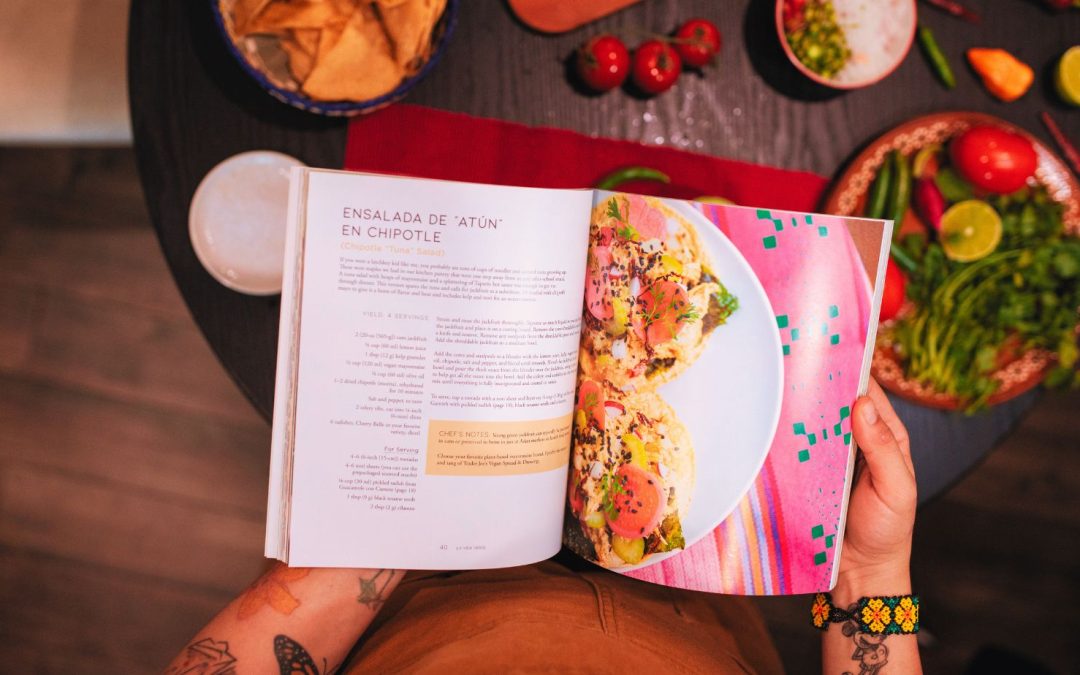By Joyce Protacio, Editors Victoria Communications subcommittee
As someone who has been in the kitchen baking since they were eight years old, I’ve always enjoyed browsing through the food-stained pages of a cookbook or scrolling through the long personal stories that precede a recipe in a food blog.
My overflowing collection of cookbooks – along with the recent allegations of plagiarism between two popular Australian cookbook authors (here’s an ABC article in case you missed it) – pushed me to look into cookbook and recipe editing. There, I found the “Freelancing in the cookbook and recipe editing niche” webinar hosted by Editors Canada.
Lauren Sawant, a freelance editor specialising in cookbooks, recipes and food writing, gave a brilliant introduction to the basics of cookbook editing, such as the parts of a recipe, culinary logic, phrasing, audience considerations and more.
For example, did you know that there are three main approaches to using grammatical articles in a recipe? Some recipe authors prefer to avoid articles entirely, and others insist on always using them. There are some that find a middle ground by using articles when referring to equipment and utensils but not ingredients.
I’ve always noticed how articles in recipes sometimes disappeared, but it wasn’t until this webinar that I realised it was an intentional stylistic choice.
Now, I can’t stop seeing it – the Woolworths Fresh magazine uses the hybrid approach (“Using an electric mixer, beat butter, tahini and both sugars in a large mixing bowl”), while my childhood copy of Kids cooking by The Australian Women’s Weekly seems to forgo articles in most cases (“Mix polenta and milk in small bowl”). Completing the set is Le Cordon Bleu’s Home collection: quiches & pastries, which uses articles whenever it can (“Lightly whisk the egg in a small bowl”).
Recipe writing and editing requires a strong awareness of the audience. If you have a recipe for moussaka, will you be using aubergine or eggplant? Are your readers complete novices in the kitchen or seasoned (ha!) chefs? That will determine the level of detail and steps required for the recipe.
Sawant also shared insight on how to break into the cookbook and food writing niche, especially with the popularity of food blogging and food content on social media. While the webinar was first hosted in 2023, the topic is more relevant than ever. The recording is still available for purchase on the Editors Canada website.
As IPEd members, don’t forget that you have access to a wealth of content across IPEd’s affiliate partners like Editors Canada, the Chartered Institute of Editing and Proofreading, the Professional Editors’ Guild and more. You can sign up for their events and presentations at member prices (converted to AUD/NZ) and follow any interest that IPEd hasn’t yet covered.
If any editors are hungry to learn more about cookbook editing (or even just those following the Brooki Bakes/RecipeTin Eats situation), I also recommend reading Editors Canada’s blog post “What does a recipe editor do?” by Judy Phillips – a sweet treat compared to most forms of technical editing!

